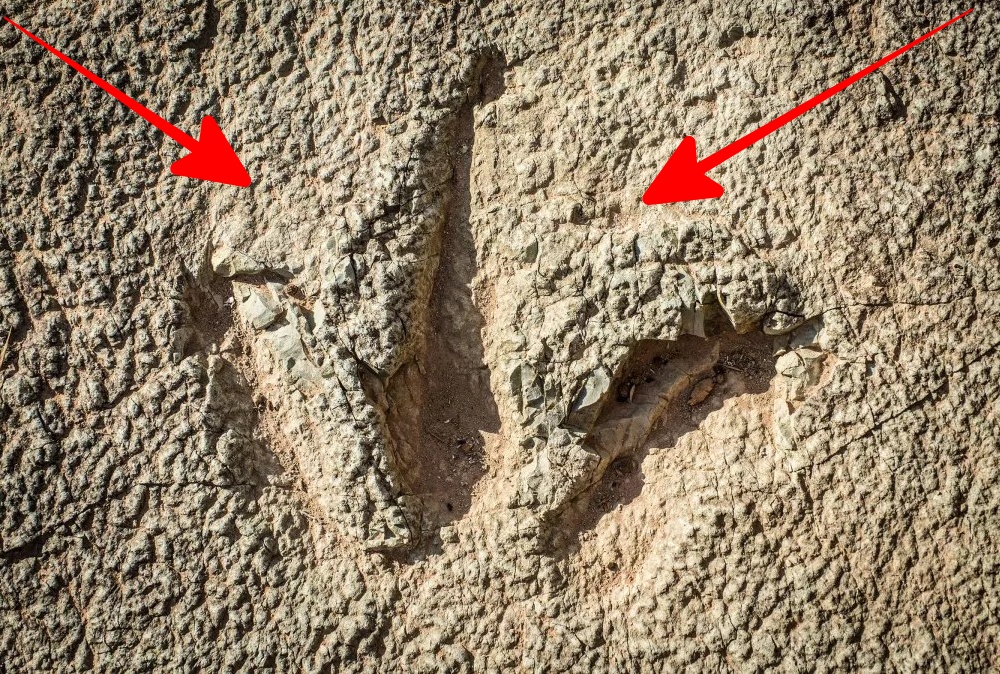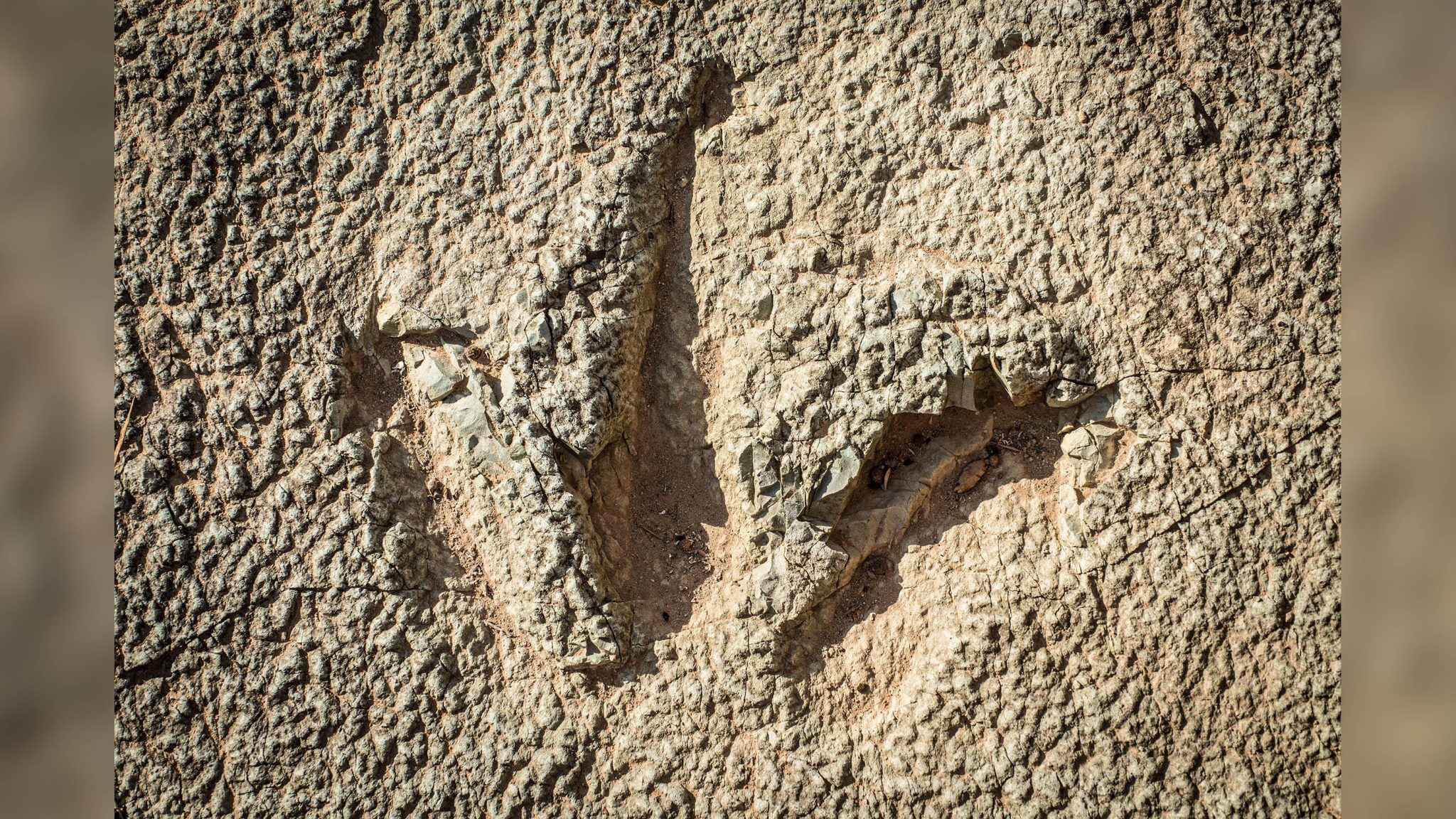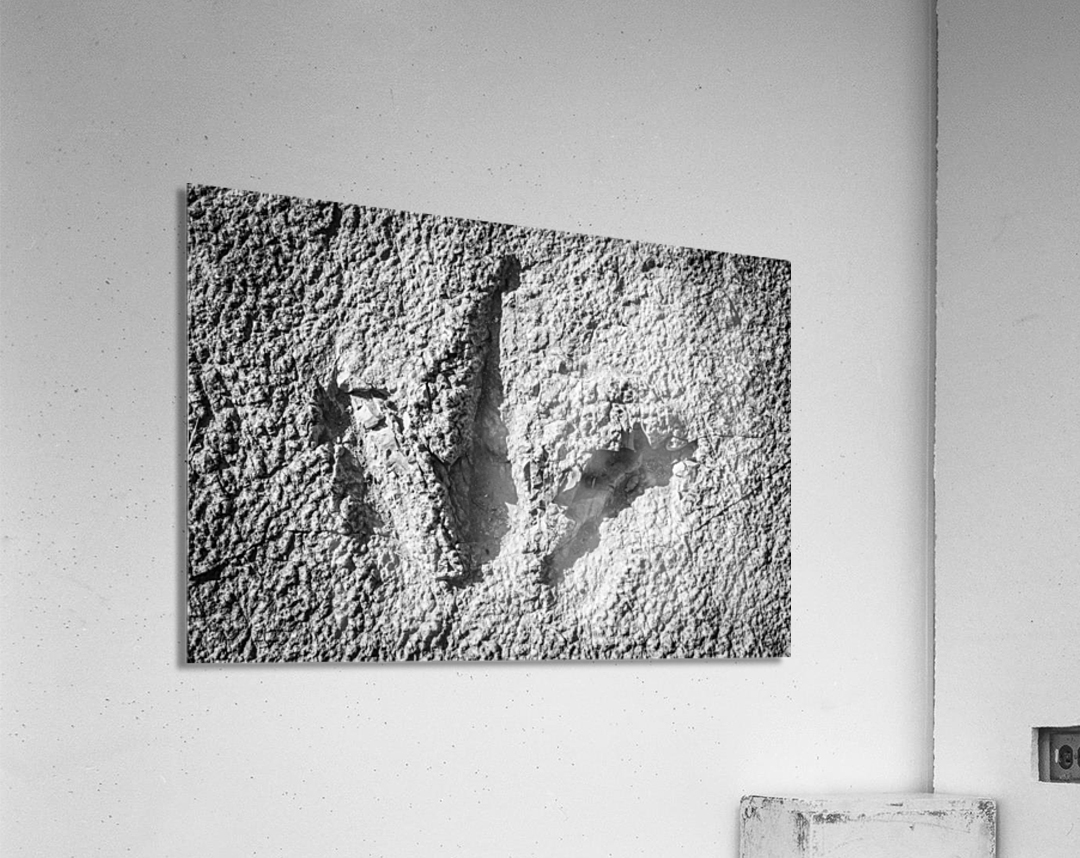Found in Moab: A Theropod Dinosaur Footprint

The discovery of a theropod dinosaur footprint in Moab, Utah, has captured the fascination of paleontologists and dinosaur enthusiasts alike. This footprint, embedded in the sedimentary rock of the region, offers a tangible connection to a time when dinosaurs roamed the Earth. The Moab area, renowned for its stunning red rock landscapes and rich geological history, has once again proven to be a treasure trove for paleontological discoveries.
Theropods were a diverse group of bipedal dinosaurs characterized by hollow bones and three-toed limbs. This group includes some of the most well-known dinosaurs, such as Tyrannosaurus rex and Velociraptor. The footprint discovered in Moab belongs to a theropod, providing valuable insights into the behavior and movement of these ancient creatures. Measuring approximately 15 inches in length, the footprint indicates a sizable animal, suggesting that this particular theropod was a formidable predator in its ecosystem.
The footprint itself is more than just a mark in the stone; it is a snapshot of a moment frozen in time. As the theropod walked across a muddy surface millions of years ago, its weight pressed down, leaving a distinct impression. Over time, the mud hardened and was eventually buried under layers of sediment, preserving the footprint for eons. Through the process of erosion, the rock layers have been exposed, revealing this ancient trace to modern eyes.

Paleontologists use footprints like the one found in Moab to gain insights into dinosaur behavior and physiology. The size, depth, and arrangement of the toes can provide information about the dinosaur’s gait, speed, and even its hunting strategies. For instance, a deep impression might indicate a sudden shift in weight, possibly from the dinosaur pouncing on prey. The spacing between footprints can also help estimate the dinosaur’s stride length and speed.
The discovery in Moab is particularly significant because it adds to the growing body of evidence that this region was once a thriving habitat for dinosaurs. The sedimentary rock formations in the area, known as the Navajo Sandstone, date back to the Jurassic period, around 180 million years ago. During this time, the region was a vast desert with towering sand dunes, interspersed with oases that would have attracted a variety of dinosaur species. The presence of theropod footprints suggests that these predators were active hunters in this environment, potentially preying on herbivorous dinosaurs that also left their traces in the rock.
In addition to its scientific value, the footprint holds a special place in public imagination. Dinosaur tracks are a direct and evocative link to the past, allowing people to visualize these incredible creatures in their natural habitat. The Moab footprint, now a part of the area’s rich paleontological heritage, attracts tourists, educators, and students, all eager to learn more about the ancient world.

Efforts are underway to protect and preserve this and other fossil sites in the Moab area. Conservation is crucial to ensure that these irreplaceable traces of the past remain intact for future generations. Local authorities, along with paleontological organizations, are working to balance the needs of tourism, education, and preservation.
The discovery of the theropod footprint in Moab is a reminder of the dynamic and ever-changing nature of our planet. It highlights the importance of paleontology in understanding the history of life on Earth and provides a window into a world that existed long before humans. As researchers continue to study these ancient tracks, they will undoubtedly uncover more secrets about the lives of the dinosaurs that once roamed the region.
In conclusion, the theropod dinosaur footprint discovered in Moab is a significant find that enriches our understanding of prehistoric life. It serves as a powerful reminder of the diversity and complexity of the ancient ecosystems that existed millions of years ago. This discovery not only advances scientific knowledge but also inspires awe and curiosity about the natural world and its history.